“Measure what is measurable, and make measurable what is not so.”
Galileo Galilei, 1564–1642
Already 400 years ago, Galileo recognized that precision measurement is the beating heart of scientific and technological progress. The ability to image, detect and sense are key to gather knowledge and react accordingly. This is universal, whether the intent is to monitor nanoscale processes within a cell to diagnose and medicate illness, or accurately determine the location of a vehicle without relying on GPS satellite navigation.
Research Overview
My research focuses on the development of quantum nanosensors. These are based on fluorescent nanoparticles containing atom-like defects that display unique spin-optical quantum properties and can outperform conventional classical sensors whose performance is often limited by their macroscopic size.
My research program specifically aims at the development of a multimodal platform based on atom-like fluorescent sensors for imaging and sensing applications with nanoscale spatial resolution. Detection and manipulation of the nanosensors are mostly optical, through a custom-built experimental setup that combines optical trapping capabilities (for manipulation in 3D space), multi-wavelength laser excitation (for probing/actuation) and single-photon spectroscopy (for imaging/detection). The research also revolve around developing strategies leveraging Machine Learning (ML) to improve the speed and resolution of the proposed techniques.

Examples of applications: Nanothermometry (left), nanoscale optical trapping (center) and bioimaging (right)
Background and state of the art
The proposed, quantum-enabled nanosensors are based on single-photon emitters in 3D and 2D semiconductor nanoparticles, specifically nano-diamond and hexagonal boron nitride (hBN). These emitters are atom-like inclusions embedded in the crystalline matrix of the nanohost materials. They emit single photons of light, with intensity and spectral features dependent on external stimuli and tied to their quantum properties (e.g., their spin). This means that we can measure physical quantities such as electric and magnetic fields or temperature and pressure as changes in the optical properties of these nanoparticles.
Moreover—and notably—the small size (~nm) of these nanosensors grants them high spatial resolution. They can be effectively placed ‘just a few atoms away’ from any object of interest or target environment, e.g., in a cell or onto an electronic microcircuit or nanophotonic device. The host materials are also non-toxic and easy to functionalize, which make them attractive for bio-applications (e.g., targeted drug delivery).
Examples of research activities
The proposed nanosensors can be utilized in a wide range of fundamental and practical realizations. Below are a few examples of research streams under the overarching theme of quantum-enabled nanoscale sensing enhanced by machine learning (ML). These are:
ML-enhanced nanothermometry. The goal here is the measurement of temperature at the nanoscale as the optical fluorescence of the quantum emitters strongly depends on temperature changes in the surrounding environment. The optical readout of the nanosensors is performed through ML-based strategies that can increase measurement speed and resolution. The technique finds realistic applications in nano-electronics, -photonics and -biology. On the one hand, the developed nanosensors can be utilized to characterize, e.g., hotspots in miniaturized electronic and photonic devices, which is crucial for their performance and for predicting catastrophic failure. On the other hand, the nanosensors can be used to study thermally-activated biological processes and, more generally, the effects of local temperature changes inside cells and potentially living organisms.
ML-enhanced magnetometry/electrometry. The goal in this case is the measurement of magnetic and electric fields with atomic spatial resolution. The intensity—and crucially—the direction of external fields can be detected as changes in the energy-level structure of the quantum emitters in the proposed nanosensors. One of the main innovations is the integration of current measurement protocols with ML-assisted readouts, which can result in both increased measurement speed and resolution. The ability to measure nanoscale electric and magnetic fields is relevant both for biological applications (e.g., for monitoring intermembrane ion-channel activity) and for the development of devices such as high-capacity magnetic memories.
